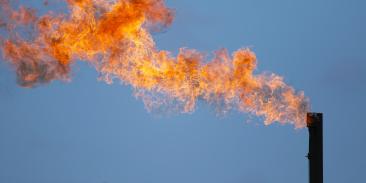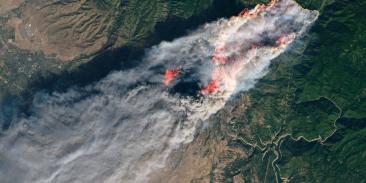EDF Statement on EPA's Water Study of Hydraulic Fracturing for Oil and Gas
(WASHINGTON, D.C. – June 4, 2015) The U.S. Environmental Protection Agency (EPA) today issued findings from its long-awaited national study to better understand impacts of hydraulic fracturing on drinking water resources. The impact of this pervasive and large-scale practice on our water supply is both large and the least understood environmental risk of the nation’s oil and gas boom.
“The process of fracking itself is one risk factor. But in fact it’s not the biggest one. Ongoing physical integrity of the wells and handling the millions of gallons of wastewater coming back to the surface after fracking, over the lifetime of each well, are even bigger challenges. Relentless focus on these issues by regulators and industry is critical,” said Mark Brownstein, EDF Vice President, Climate and Energy Program.
Between one and five million gallons of fracking fluids are typically used in a hydraulic fracturing operation, and around 800 billion gallons of wastewater are generated annually by onshore oil and gas operations in the United States. Where that water comes from and how it is managed are issues of legitimate state and local concern, as spills of chemicals or wastewater at the well site, or in transit, can pollute streams and groundwater.
“Water pollution from surface leaks and spills during the storage, transport, and disposal of hydraulic fracturing wastewater happen all too frequently. These are issues we need to be paying closer attention to if we want to reduce the incidence of water and land pollution from oil and gas development.”
EPA reports that there is insufficient data on the quality of drinking water sources before and after hydraulic fracturing that inhibits the ability to monitor frequency of impacts. Better and more accessible data on activities surrounding hydraulic fracturing operations is needed.
- Mark Brownstein, Vice President, Climate and Energy Program
With more than 3 million members, Environmental Defense Fund creates transformational solutions to the most serious environmental problems. To do so, EDF links science, economics, law, and innovative private-sector partnerships to turn solutions into action. edf.org
Media Contact
Latest press releases
-
Cost of Trump Administration’s Mandates to Keep Michigan Coal Plant Open Balloons to $80 Million
October 31, 2025 -
EDF Strengthens Role in Ocean-Climate Governance with New Consultative Status at the IMO’s London Convention and Protocol
October 31, 2025 -
New analysis finds Indigenous lands and protected areas are key in slowing deforestation
October 28, 2025 -
New Poll: Republicans, Democrats and Independents Strongly Oppose Weakening Chemical Safety Law
October 27, 2025 -
Court Rules New York Must Implement State Climate Law and Deliver Swift Action
October 24, 2025 -
EDF Goes to Court to Help Defend California Climate Risk Reporting Laws That Protect People from Financial Damage
October 24, 2025











